Best movies like Toyen: The Subversive Baroness Of Surrealism
A unique, carefully handpicked, selection of the best movies like Toyen: The Subversive Baroness Of Surrealism Starring Marie Cermínová, and more. If you liked Toyen: The Subversive Baroness Of Surrealism then you may also like: Vincent & Theo, Volcano: An Inquiry into the Life and Death of Malcolm Lowry, Never Give Up: The 20th Century Odyssey of Herbert Zipper, Oh Heavenly Dog, Kusama: Infinity and many more popular movies featured on this list. You can further filter the list even more or get a random selection from the list of similar movies, to make your selection even easier.
Documentary on the life and art of Marie Cermínová AKA Toyen or “the baroness” to her friends. Long considered a marginal figure, it was not until her death in 1980, when her estate was auctioned off, that Toyen’s masterpieces finally saw the light of day. This film is a portrait of an important figure of the European artistic avant-garde in the 20th century.
You may filter the list of movies on this page for a more refined, personalized selection of movies.
Still not sure what to watch click the recommend buttun below to get a movie recommendation selected from all the movies on this list
Volcano: An Inquiry into the Life and Death of Malcolm Lowry
This feature-length Oscar®-nominated documentary focuses on Malcolm Lowry, author of one of the major novels of the 20th century, Under the Volcano. But while Lowry fought a winning battle with words, he lost his battle with alcohol. Shot on location in four countries, the film combines photographs, readings by Richard Burton from the novel and interviews with the people who loved and hated Lowry, to create a vivid portrait of the man.
Never Give Up: The 20th Century Odyssey of Herbert Zipper
Never Give Up: The 20th Century Odyssey of Herbert Zipper is a 1995 short documentary film about Herbert Zipper. It was written, directed, and produced by Terry Sanders, with Freida Lee Mock co-producing. The extraordinary story of Vienna born musician and conductor Herbert Zipper who survived Dachau, Buchenwald, and a Japanese concentration camp to become one of the great music educators of the world, continuing at 92 to bring music to the inner city schools of America. In Dachau, Zipper organized secret concerts using makeshift instruments. He learned the lesson that music and the arts are essential to the very existence of life. For the last half of the 20th century, Zipper has pioneered in bringing professional orchestras into America's inner city schools. It was nominated for an Academy Award for Best Documentary Short at the 68th Academy Awards in 1996.
Oh Heavenly Dog
Browning is a PI with a bad cold, who's sent to investigate a case by a mysterious client. He stumbles across the body of a young woman and is stabbed to death, and when he wakes up in heaven, they tell him he's "marginal material," and they can only decide on his final destination through one last assignment: to go back and solve his own murder. As a dog. A cute fluffy little dog (Benji). Undaunted, Browning begins to investigate the case as best he can around his canine disabilities (dialing the phone presents a special challenge) to solve the murders, save the girl, and see justice done.
Kusama: Infinity
Now one of the world’s most celebrated artists, Yayoi Kusama broke free of the rigid society in which she was raised, and overcame sexism, racism, and mental illness to bring her artistic vision to the world stage. At 88 she lives in a mental hospital and continues to create art.
The Agony and the Ecstasy
During the Italian Renaissance, Pope Julius II contracts the influential artist Michelangelo to sculpt 40 statues for his tomb. When the pope changes his mind and asks the sculptor to paint a mural in the Sistine Chapel, Michelangelo doubts his painting skills and abandons the project. Divine inspiration returns Michelangelo to the mural, but his artistic vision clashes with the pope's demanding personality and threatens the success of the historic painting.
Ballet Mécanique
Ballet Mécanique (1923-4) is a Dadaist, post-Cubist art film conceived, written, and co-directed by artist Fernand Léger and filmmaker Dudley Murphy (with cinematographic input from Man Ray). It has a musical score by the American composer George Antheil (However, the film premiered with no soundtrack, on September 24th, 1924 at the Internationale Ausstellung neuer Theatertechnik in Vienna). It is considered one of the masterpieces of early experimental filmmaking.
La Belle Noiseuse
The former famous painter Frenhofer lives quietly with his wife on a countryside residence in the French Provence. When the young artist Nicolas visits him with his girlfriend Marianne, Frenhofer decides to start again the work on a painting he long ago stopped: La Belle Noiseuse. And he wants Marianne as model.
Comic Book Confidential
In the 20th century, no artistic medium in North America with so much potential for creative expression has had a more turbulent history plagued with less respect than comic books. Through animated montages, readings and interviews, this film guides us through the history of the medium from the late 1930s and 1940s with the first explosion of popularity with the superheroes created by great talents like Jack Kirby and hitting its first artistic zenith with Will Eisner's "Spirit". It then shifts to the post war comics world with the rising popularity of crime and horror comics, especially those published by EC Comics under the editorshiop of William B. Gaines until it came crashing down the rise of censorship with the imposition of the Comics Code. In its wake of the devastation of the medium's creative freedom, we also explore EC's defiant survival with the creation of the singular "Mad Magazine" by Harvey Kurtzman.
The Libertine
French philosopher Denis Diderot produces the first encyclopedia while indulging in 18th-century decadence.
Gray Matters
Gray Matters explores the long, fascinating life and complicated career of architect and designer Eileen Gray, whose uncompromising vision defined and defied the practice of modernism in decoration, design and architecture. Making a reputation with her traditional lacquer work in the first decade of the 20th century, she became a critically acclaimed and sought after designer and decorator in the next before reinventing herself as an architect, a field in which she laboured largely in obscurity. Apart from the accolades that greeted her first building –persistently and perversely credited to her mentor–her pioneering work was done quietly, privately and to her own specifications. But she lived long enough (98) to be re-discovered and acclaimed. Today, with her work commanding extraordinary prices and attention, her legacy, like its creator, remains elusive, contested and compelling.
The Hypothesis of the Stolen Painting
Two narrators, one seen and one unseen, discuss possible connections between a series of paintings. The on-screen narrator walks through three-dimensional reproductions of each painting, featuring real people, sometimes moving, in an effort to explain the series' significance.
The Lovers of Montparnasse
Biographic film chronicling the last year of the life of the Italian painter Amedeo Modigliani, 1919, who falls in love with a girl from a wealthy family. Her parents are against this relationship and stop financial help. Modigliani worked and died in abject poverty in the Montparnasse Quarter of Paris, France.
The Last Bolshevik
A documentary on Soviet filmmaker Aleksandr Medvedkin, examining his tumultuous career, the rediscovery of his masterpiece Happiness, and Russia's struggles over the course of the 20th Century.
Blue
Against a plain, unchanging blue screen, a densely interwoven soundtrack of voices, sound effects and music attempt to convey a portrait of Derek Jarman's experiences with AIDS, both literally and allegorically, together with an exploration of the meanings associated with the colour blue.
...But Then, She's Betty Carter
This lively film is an unforgettable portrait of legendary vocalist Betty Carter, one of the greatest living exponents of jazz. Uncompromised by commercialism throughout her long career, she has forged alternative criteria for success — including founding her own recording company and raising her two sons as a single parent. Parkerson's special film captures Carter's musical genius, her paradoxical relationship with the public and her fierce dedication to personal and artistic independence.
Charlie Chaplin, The Genius of Liberty
The whole world knows him. Burlesque comedy genius, popular actor, author, director, producer, composer, choreographer, Charlie Chaplin (1899-1977) used his talent to serve an ideal of justice and freedom. But his best scenario was his own destiny, a story written into the political and artistic history of the 20th century.
Gabriële Buffet-Picabia, la femme au cerveau érotique
By her intelligence and her avant-gardism, Gabriële Buffet-Picabia influenced the revolution of the modern art operated by her husband, the painter Francis Picabia, and their friends (Apollinaire, Duchamp...). The fascinating portrait, in the first person, of an inspirer who has long remained in the shadows.
Toyen
Jan Nemec, a leading filmmaker of the Czech New Wave, creates an original portrait of one of the most provocative artists of the 20th century: Toyen (Marie Cerminova). As a female artist, Toyen broke through the male-dominated art world to create paintings and drawings often erotic in nature. She co-founded the surrealist movement in her native Prague, survived the Nazis and the Communists, maintained artistic and personal relationships with artists Jindrich Heisler (whom she hid during WWII) and Jindrich Styrsky.
Gabriele Münter - Pionnière de l'art moderne
How did a young artist at the beginning of the 20th century, rejected by the Academy of Fine Arts in Germany because she was a woman, always seen in the shadow of her companion, Vassily Kandinsky, become an eminent painter in an unprecedented artistic movement? With the support of several contributors and personal writings, Gabriele Münter - Pionnière de l'art moderne, retraces the life of one of the most illustrious figures of the German expressionist movement of the Blue Rider and draws up the portrait of a singular artist, whose work, intimate and human, testifies to the complexity of her time as much as that of her own existence.
AKA Jane Roe
A portrait of Norma McCorvey, the “Jane Roe” whose unwanted pregnancy led to the 1973 case that legalized abortion nationwide, Roe v. Wade. The documentary unravels the mysteries closely guarded by McCorvey throughout her life.
Broke
Set in a pawnshop, this cinéma vérité masterpiece tells the story of the unlikely friendship between a cynic pawnbroker and his sweet but psychopathic assistant. "Broke" is a complex, powerful cinéma vérité account of day-to-day life in a pawnshop. The documentary gives us an intimate glimpse into a world most of us luckily do not have to know. Although often as funny and surprising as a sitcom, it bluntly points to the hardships and desperation of the marginalized. As the pawnbroker states: "You don't see it in your rarefied living conditions, you don't see how the poor people live, unless you come here. Tragic, some of it."
Cairo as Told by Youssef Chahine
This concise masterpiece began as a commission by French TV for the news series Envoyé spécial. By filming Cairo with his unique sense of artistic digression, Chahine transformed this portrait of a city into the self-portrait of a filmmaker.
Don Quichotte de Cervantes
This TV program tries to show how the illustration from the 17th to 20th century of the famous novel written by Cervantès has in the same time improved and impoverished our knowledges of this novel. Improved, because the illustration help us to discover that the physical aspect of the caracters influences the comical features and the symbolism of this masterpiece. Impoverished, because it neglected, especially since the 19th century, the representation of the age and the context, thus favoring abusive adaptations and condensations.
Damilola: The Boy Next Door
Yinka Bokinni was a friend of Damilola Taylor growing up in Peckham. On the 20th anniversary of his death she confronts the impact of his killing and conflicting thoughts of their childhood community.
Ego: The Strange and Wonderful World of Self-Portraits
Laura Cumming takes a journey through more than 500 years of self-portraits and finds out how the greatest names in western art transformed themselves into their own masterpieces.
2000 Cinématons
A film about an ongoing cinematic adventure that began in 1978: a vast anthology of personality portraits called Cinématons, dealing with people in the arts. Historical, ethnological, sociological and psychological, this anthology is a living record of the artistic community of the last 20th century which attempts to answer these questions: Why film everyone? Why choose cultural personalities? How do the subjects look at their image? How much exhibitionism and narcissism is involved in being filmed?
Edward Hopper and the Blank Canvas
The many references in contemporary film to Edward Hopper's works, as well as the widespread reproduction of some of his paintings have made his universe familiar to many. His unclassifiable figurations weave a dialogue between appearances and light, between the unmistakeable and enigma. Focusing on the artist's personal life in the context of 20th century America, "Edward Hopper and the Blank Canvas" bears witness to a fiercely independent painter, who was aware of the issues of his era, and who was hostile to the imprisonment that a modern American art opposing realism and abstraction could lead him to. This film brings the artist to life, transposing his realist and metaphysical poetry. It is a subtile and passionate work, which at last unveils one of the most important painters of American modernity.
Botticelli's Venus: The Making of an Icon
Sam Roddick explores the enduring appeal of Botticelli's masterpiece The Birth of Venus, one of the most celebrated paintings in western art. A joyous celebration of female sexuality, its journey to worldwide fame was far from straightforward and it lay in obscurity for centuries. Artist and entrepreneur Sam explains why Botticelli's nude was so revolutionary, and explores its impact on contemporary culture with artists such as Terry Gilliam, who memorably reinvented Venus for his Monty Python's Flying Circus animations.
Life and Fate by Vassili Grossman
The convoluted and moving story of Russian writer Vassili Grossman (1905-64) and his novel Life and Fate (1980), a literary masterpiece, a monumental and epic account of life under Stalin's regime of terror, a defiant cry that the KGB tried to suffocate.
The Portrait
In the early 20th century, Lazar -a taciturn woodsman- asks the disenchanted portraitist Arkadi to immortalize his child. The execution of this portrait will unsettle both men while revealing their inner fears and change their outlook on life.
La Petite Musique de Marie-Antoinette: Music for the Queens Theater
Near Trianon, the young Queen Marie-Antoinette built a small and secret theater, to act and sing herself with friends and family. The little theater is still there, newly restored. For the first time since the XVIII century, opera arias and symphonies by Gretry and Gossec, two of the queen's best composers, are played with ancient sets and instruments. A cycle of late 18th century music, programmed by the Baroque Music Center of Versailles, showcases the finest compositions of the musical repertoire played in Paris, under the influence of Marie-Antoinette, during the reign of Louis XVI. The Center joined with French-speaking musicians from different horizons, giving pride of place to the great French-Walloon composers, Andre-Modeste Gretry and Francois-Joseph Gossec. Both enjoyed major careers under Louis XVI: the first built his reputation on his comic operas, which Marie-Antoinette greatly admired; the second came to be considered the true father of the French symphony.
Sunday In the Park With George
Inspired by Georges Seurat's magnificent painting, A Sunday Afternoon on the Island of La Grande Jatte, Stephen Sondheim and James Lapine's soaring musical is itself an artistic masterpiece. The musical begins with the story of Georges and his model and lover Dot. As Georges struggles to find his artistic voice, he becomes more and more distant from the one woman who truly sees him for who he really is. A century later, Georges and Dot's descendants, themselves struggling artists, grapple with the same issues of artistic ingenuity, and a public that just doesn't understand. Through melodic and heartbreaking music, poetic lyrics, and quick, jaunty wit, Sunday In the Park With George reveals universal truths about the nature of art, love, and passion, with the breadth and depth of art's most enduring masterpieces. Filmed live at the Théâtre du Châtelet in Paris in 2013 and broadcast on Mezzo.
The Extraordinary Voyage
An account of the extraordinary life of film pioneer Georges Méliès (1861-1938) and the amazing story of the copy in color of his masterpiece “A Trip to the Moon” (1902), unexpectedly found in Spain and restored thanks to the heroic efforts of a group of true cinema lovers.



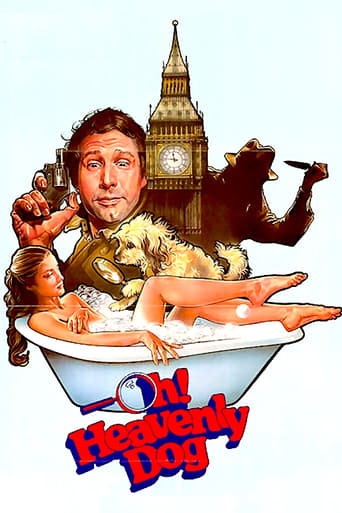
































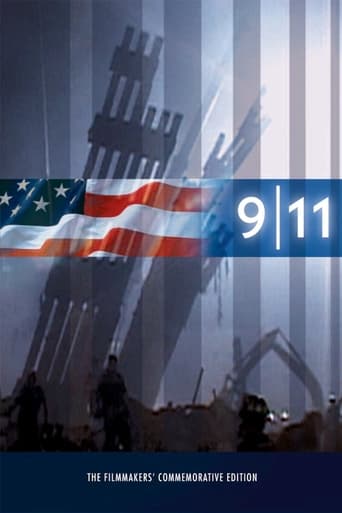

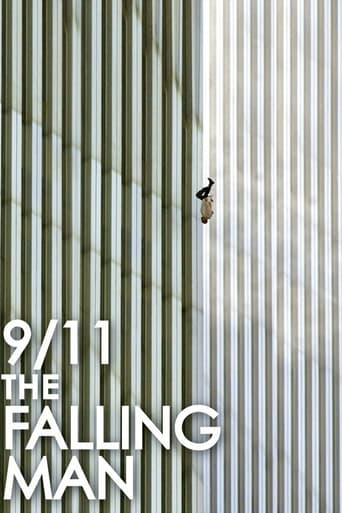

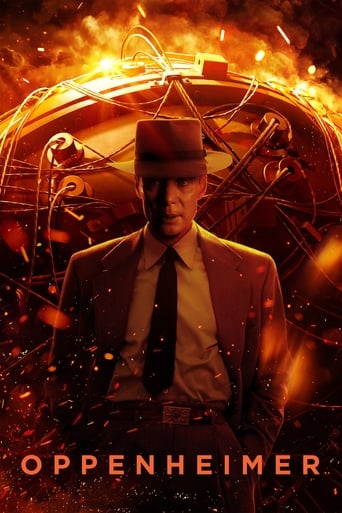
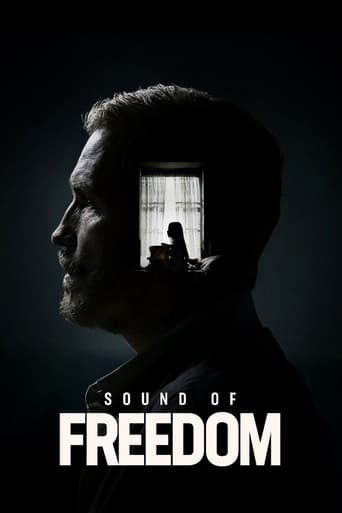
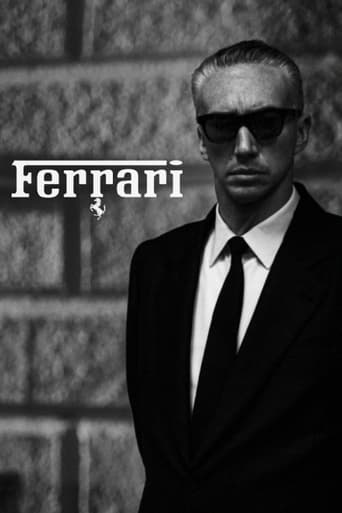
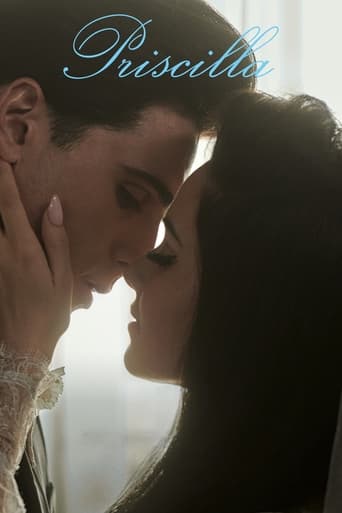
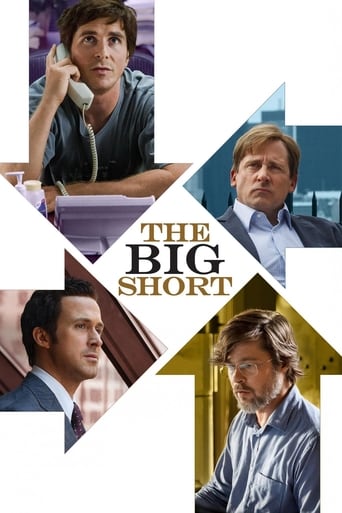
Vincent & Theo
The tragic story of Vincent van Gogh broadened by focusing as well on his brother Theodore, who helped support Vincent. Based on the letters written between the two.